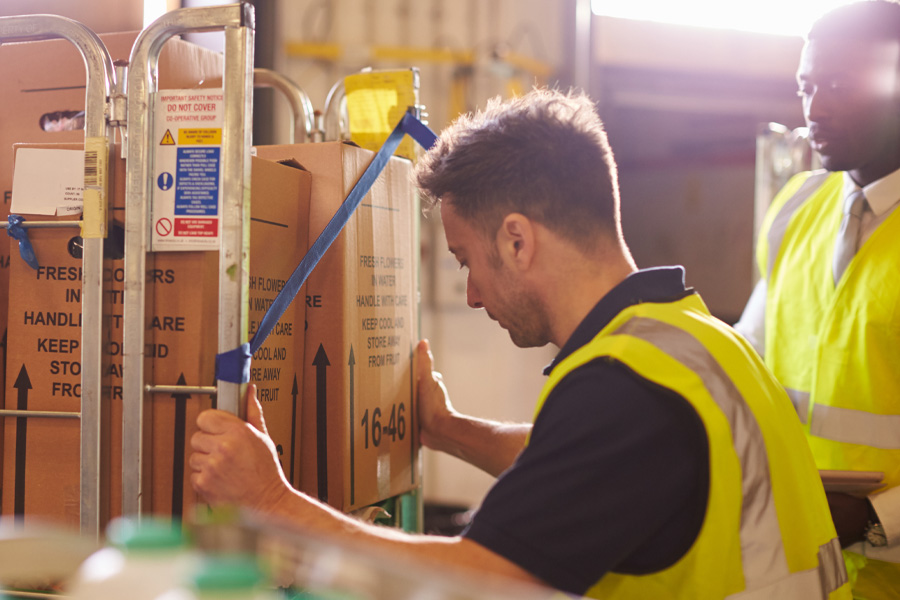
Observations: Harnessing the power of people to improve performance
“Observations aren’t gotchas; they’re about helping people.” I haven’t been able to get that quote out of my head ever since I first mentioned it here a few weeks ago. It came from the senior leader of a frontline team, and I can’t imagine a better or more succinct description of what observations are all about. Effective observation programs are not designed to punish people for not doing well, but rather to reward them for doing better. And the better they do, the higher the overall building performance will be. As I’ve often pointed out, we’ve seen improvements of up to 12% in building performance, compared to more modest improvements of 1-2% for buildings that use observations in more limited ways.
In warehouses and distribution centers, people are key to the operation’s success. From receiving and unloading, to picking and packing, to shipping and receiving, it’s people who keep everything moving. If they follow standard operating procedures—SOPs—accurately and efficiently, overall building performance will be better; if they don’t, building performance will suffer. It’s that simple. And what’s the key to improving their accuracy and efficiency? I would argue it’s a well-designed, technology-driven program for observations.
“Observations aren’t gotchas; they’re about helping people.”
Senior leader, frontline team
I also understand there may be some skepticism about the importance of observations, both among frontline leaders and among associates. For example, leaders may worry about how much time observations take and whether they’re worth the effort; as a result, they may limit how many associates they observe (and miss a major opportunity in the process, as I’ll explain next). Meanwhile, associates also may be worried, often about what the consequences will be if an observation indicates they’re underperforming. For those who worry they aren’t doing as well as the star performers, I keep going back to that senior leader’s comment that observations aren’t “gotchas.” That’s exactly right.
When leaders curtail their efforts at observation—whether by only observing the associates they suspect are having problems, or only observing a sampling of the whole team—they diminish what can be gained from the program. My favorite analogy here is to a sports team. You don’t just coach the players who seem to need it; you coach everyone. Otherwise, you may miss something that’s creating a problem and miss the chance to fix it. And even if you aren’t seeing critical errors from top performers, the feedback that comes from observations will still help them up their game. On the ball field or in the warehouse, everyone has room to improve.
Finally, I’ll note that a good observations program presents a terrific opportunity for leaders and associates to work together closely and collaboratively—to the benefit of both. My experience is that observations that create opportunities for back-and-forth feedback create a sense among associates that their company is investing in them and their performance. And the more they feel that that’s the case, the more willing they are to invest their time and effort in striving to improve.
A strong observations program presents an opportunity for everyone to win, and I hope more warehouse and distribution center operations teams will explore what it has to offer.
Share: